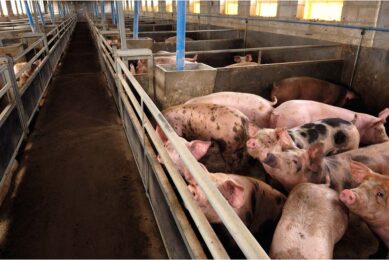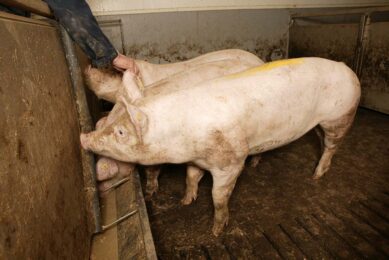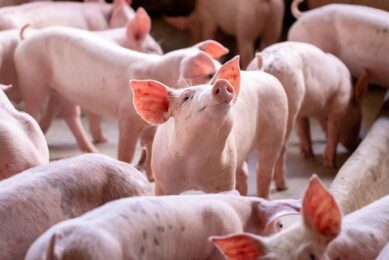Canada: Producers urged to plan for FAD outbreak
Canada will face a Foreign Animal Disease (FAD) outbreak in some form someday and a robust, tested and adequately resourced crisis management plan will be key to curbing its impact, says the veteran of two efforts to contain Foot and Mouth Disease (FMD) in the UK.
At a presentation at the Annual General Meeting of Alberta Pork, Dr. Charles Milne, Scotland’s chief veterinary officer, outlined efforts to curb the FMD outbreaks in his country in 2001 and 2007 and the lessons learned in the process. “The bottom line is no amount of crisis planning will ever completely prepare you for an outbreak,” he says. “However, planning is still well worthwhile in order to reduce the impact when it does arrive.”
Crisis management
One thing Milne learned is that a good crisis management plan needs to be robust enough to handle a widespread outbreak. “It needs to be built on an awareness of existing resources and tested regularly in the field. We learned that desktop exercises are not enough. You have to develop a battle rhythm, and that’s not something that comes without practice.”
Good crisis planning also cannot ignore the human element, he says. “An FAD outbreak can take a huge psychological toll on everyone involved and can create deep rifts in a community that can carry on for generations. It’s important to think ahead about how you’re going to provide support for people as they deal with what can be an absolutely devastating crisis on a personal level.”
The 2001 Foot and Mouth Disease outbreak in Scotland saw the destruction of nearly 750,000 animals and affected over 1,500 farms. The 2007 outbreak resulted in the slaughter of over 1,500 animals on eight infected premises, a difference Milne credits to improved response protocols.
The long-term consequences of an FAD outbreak can be far-reaching, he says. Methods used to contain the disease outbreak can unwittingly drive the introduction of new diseases. On the marketing front, loss of genetic material can create shortages in years to come. It can also be difficult to recapture markets for products once they have become associated with the disease.
Combating an outbreak
Combating an outbreak can take a huge toll on existing resources. “In the first three weeks of the 2001 outbreak there were over 9,000 jobs being handled by only 220 veterinarians,” says Milne. “There were management, communications and logistical challenges we were not prepared for.”
For these reasons and others, Milne says it’s important to have good coordination with government and other organisations with the appropriate resources. “It’s key to regard the outbreak as a crisis and engage the crisis machinery the government may offer,” he says. “Government should not only utilise its wider crisis management capability but also the management structures of contractors and other service providers as they understand their own fields of expertise best.”
Alberta Pork is a self-sustaining, non-profit association that operates on behalf of Alberta pork producers. Its goal is to position Alberta pork producers and the industry as vital, sustainable and valued in the agri-food business and society through the continuous advancement of initiatives that enhance prosperity. The organisation’s Annual General Meeting, held every year in December, regularly features speakers covering all aspects of the pork industry.
Related Website
• Alberta Pork
©
Join 18,000+ subscribers
Subscribe to our newsletter to stay updated about all the need-to-know content in the pigsector, three times a week. Beheer
Beheer










 WP Admin
WP Admin  Bewerk bericht
Bewerk bericht